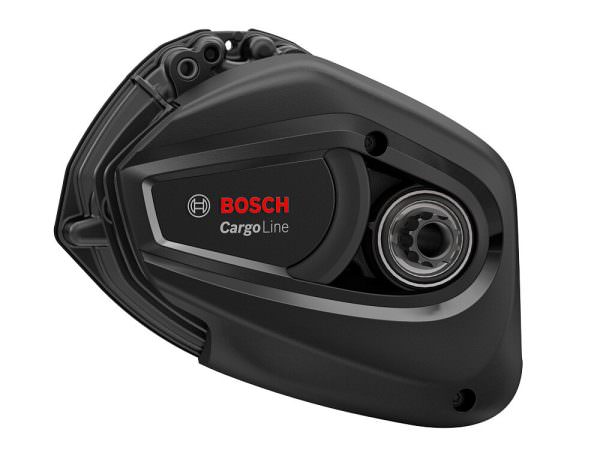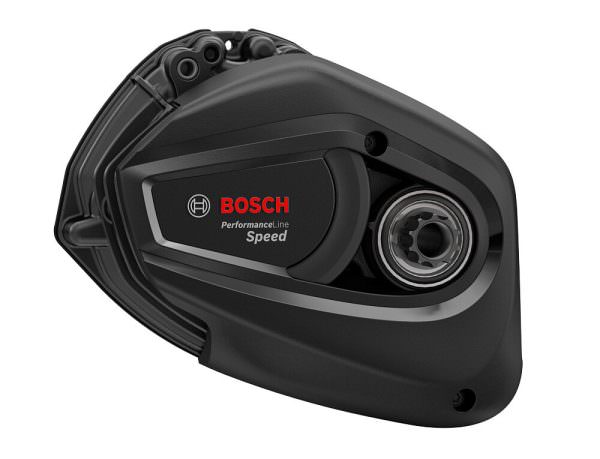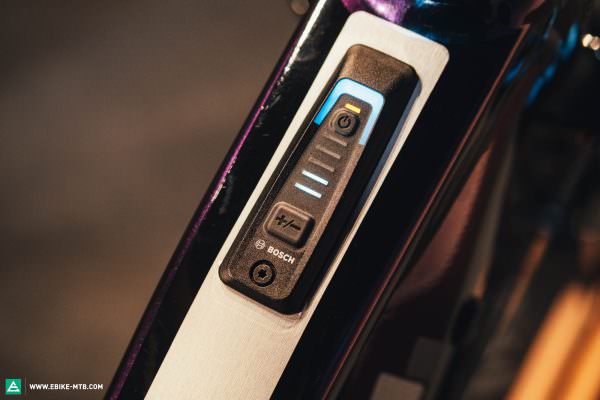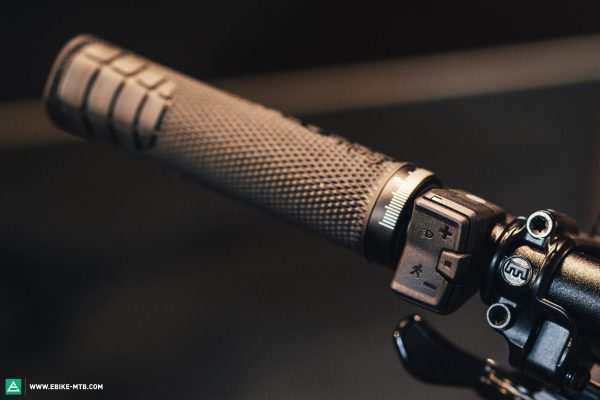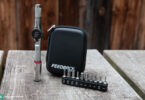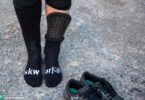The Bosch Smart System family is expanding – new hardware and software for the Bosch portfolio
Up until now, the Bosch Smart System was more of a small stand-alone solution that allowed eBike manufacturers to use only a limited number of compatible components. However, Bosch just stepped up their game, introducing not only new motors and batteries, but also additional hardware and software that are meant to improve the Smart System and make it attractive to a wider range of eBikers. Here’s all the most important information at a glance.

Motor upgrades and expansion of the Bosch Smart System eco system
For 2023, Bosch announced a total of three new motors, which form the heart of the new revised Bosch Smart System. The new Performance Line Motor, which is predestined for City E-Bikes and entry-level eMTBs, was revised to be compatible with the new ecosystem and bumped up to 75 NM torque. The updated Bosch Smart System product family also includes the high-assistance Bosch Cargo Line motor for cargo bikes and Performance Line Speed motor for S-Pedelecs.
The new Smart trio: Bosch’s brand-new PerformanceLine, CargoLine and PerformanceLine Speed Smart System motors.
New Bosch Smart System batteries
Bosch have also introduced new Smart System batteries to go along with their new motors. While so far the Germans only offered a fully-integrated PowerTube 750 battery with their Smart System, the latest generation also includes a PowerTube 625 and PowerTube 500, which, as the name already suggests, have 625 Wh and 500 Wh capacity, respectively. Both have the same shape factor as the 750 Wh model but are shorter and lighter, thus giving bike manufacturers more freedom with frame designs and allowing them to integrate the Bosch Smart System into small frame sizes. Alongside the new internal batteries, Bosch also introduced two new external models, the PowerPack 725 and PowerPack 545, which will be used predominantly with cargo bikes. For the sake of practicality, the PowerPack batteries are compatible with each other, allowing you to choose the size that suits your needs best, provided the bike manufacturer allows for it.
The new Bosch System Controller and new Bosch Mini Remote
The major drawback of the generation change from the Bosch Performance Line CX motor to the Bosch Smart System were the limited remote and display (!) options, because so far the Smart System was only compatible with the LED remote and KIOX 300-Display. However, this changes now, with Bosch introducing the new minimalist System Controller and Mini Remote. The System Controller is a rudimentary LED display that can be integrated into the top tube of the bike. A +/- button at the bottom lets you switch between support modes while a power button at the front of the System Controller turns on and off the system. LED bars indicate the battery charge status while a LED ring tells you in which support mode you’re riding – as we know it from the LED remote. Moreover, the System Controller serves as the interface to a smartphone, thus replacing the LED remote control, whereby the walk assist and light switch have moved to the Mini Remote. This connects to the System Controller via Bluetooth and, in combination with the System Controller, ensures a clean cockpit that will appeal to all devoted Bosch purists.
The new Intuvia 100 display, on the other hand, is aimed more at the city bikers. With a 2.5″ diagonal screen measurement, the wireless black-and-white display is slightly bigger and therefore easier to read. It connects to the Smart System via Bluetooth and gives e-bike newbees helpful shifting recommendations.
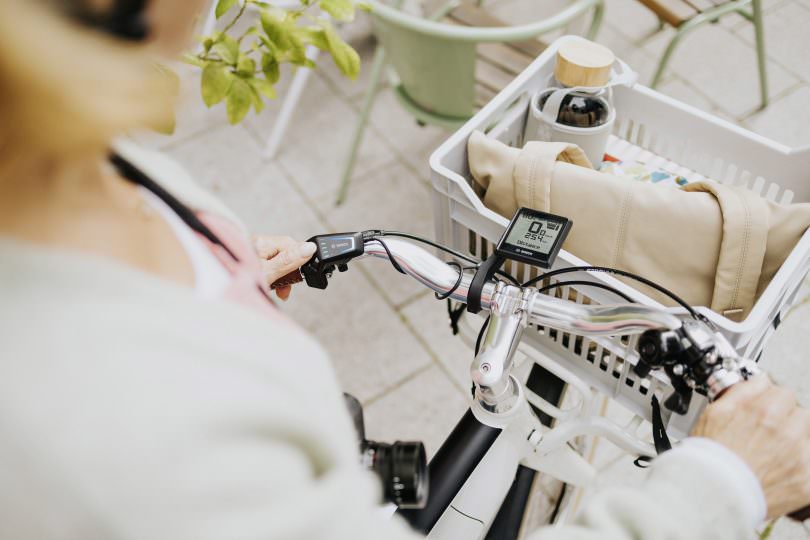
The new Auto mode with situation-specific motor assistance
With their new Auto mode, Bosch offer a support mode that automatically adapts itself to the riding situation and external conditions. When riding with headwind or negotiating a spontaneous counter climb, the motor increases the support, allowing you to keep your momentum without having to pedal harder or switch to a stronger support mode. The new Auto mode is backwards compatible with all current Bosch Smart System motors and can be updated via software. The new Cargo mode, which was developed especially for cargo bikes, provides pedal assistance of up to 400% but at the same time is supposed to feel very natural, especially when setting off from a standstill – which comes in handy when setting off from a traffic light with a fully-loaded cargo bike.
New walk assist with automatic Hill Hold stop function.
As the name suggests, walk assist helps you negotiate tricky hike-a-bike sections. When pushing a heavy bike up a hill, you might want to have a little brake or reach around the handlebars for a second, which can be difficult if you can’t pull the brake and to prevent the bike from rolling back – and that’s exactly when the new Hill Hold function comes into play. With the system activated, the Smart System motor keeps the chain under tension, thus preventing the ebike from rolling backwards. Once activated, Hill Hold works for a total of 10 seconds, but this time can be extended by 10 more seconds simply by pressing the minus (-) button. Pressing plus (+) will deactivate Hill Hold.
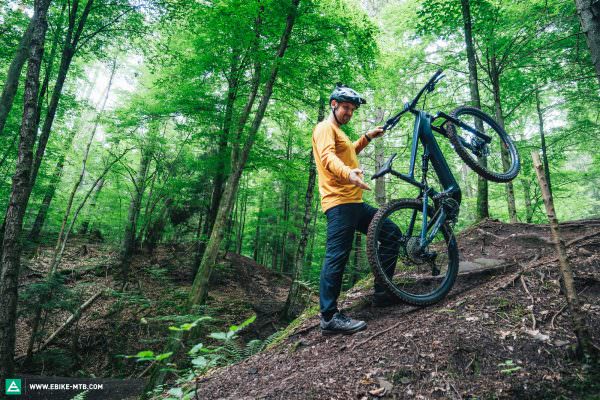
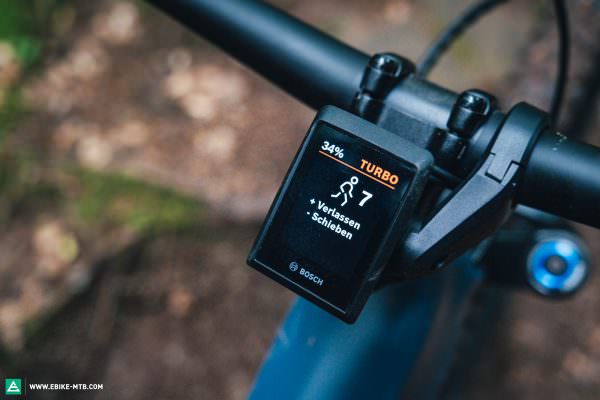
New tracking mode and theft protection: the Bosch eBike alarm
The eBike Alarm function is the evolution of the eBike Lock, which Bosch have launched not long ago via software update. Once enabled through the eBike Flow App, the feature is always active, even when the motor is turned off – provided there’s an active GPS connection. The e-bike transmits its location to the Bosch eBike Flow app. As soon as someone touches or moves the bike when the eBike Alarm is active, the system sets off an alarm. If this isn’t enough to deter the thief, the alarm gets increasingly louder and the e-bike notifies its owner via a message on the smartphone, sharing its current position. However, this function requires a ConnectModule and an optional subscription. Bosch offer a one-year free trial and charge either €4.99 per month or €39.99 per year thereafter.
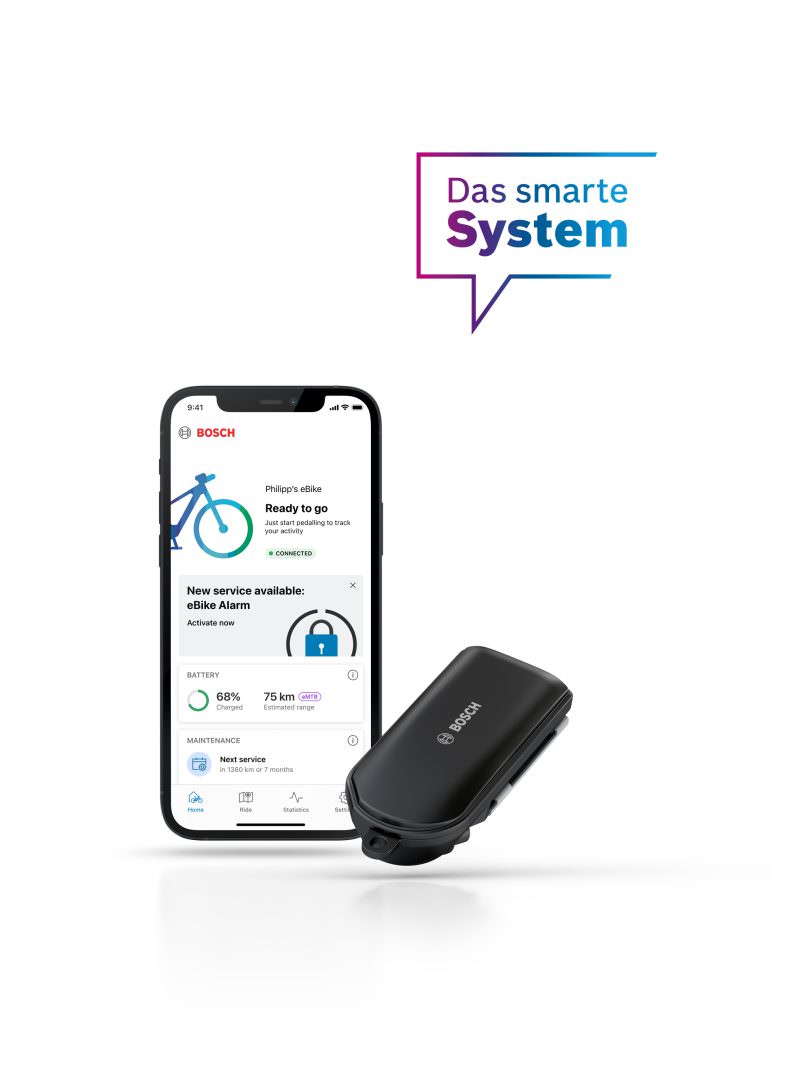

Route planning with Komoot and navigation on the Kiox 300-Display
Starting from now, you can import any route programmed on Komoot into your eBike Flow app and use it for navigation. The real highlight: Bosch announced that the long-awaited navigation function will soon be available on the new Kiox 300 display. At some point this summer, you’ll be able to stop fiddling around with your smartphone every time you get to an unfamiliar intersection.
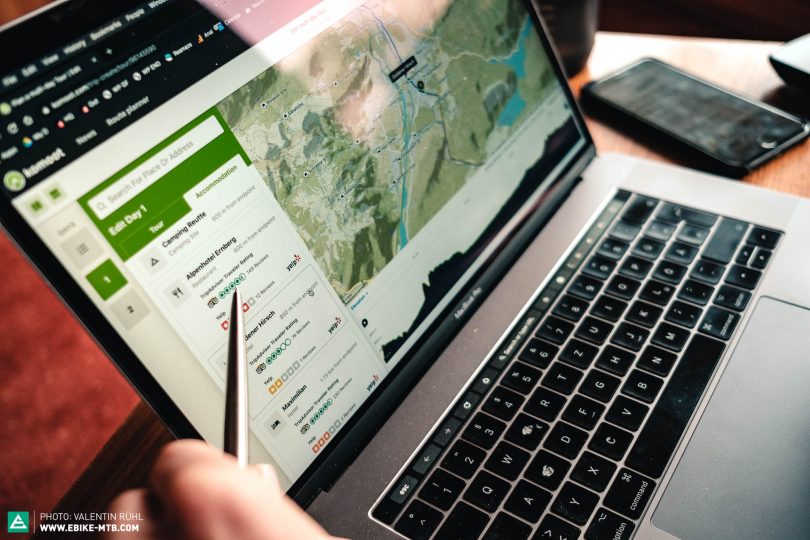
With their latest product update, Bosch are targeting primarily city tourers, trekkers and cargo riders while making their Bosch Smart System more suitable for everyday use. This proves that the German tech giant is actively addressing the needs of e-bikers who are interested not only in trail performance but also in usability and connectivity. Whether the quality-of-life improvements also prove practical in practice, we will tell you once we tested them.
For more Information visit www.bosch-ebike.com
Did you enjoy this article? If so, we would be stoked if you decide to support us with a monthly contribution. By becoming a supporter of E-MOUNTAINBIKE, you will help secure a sustainable future for high-quality cycling journalism. Click here to learn more.
Words: Rudolf Fischer Photos: Bosch



